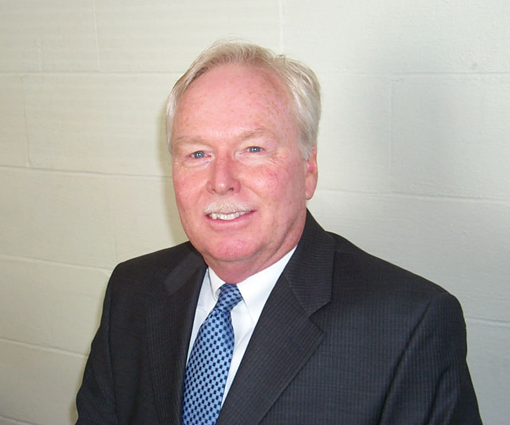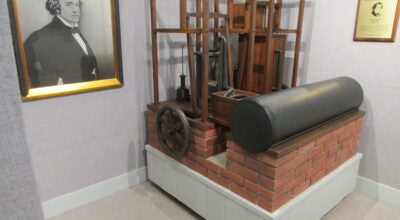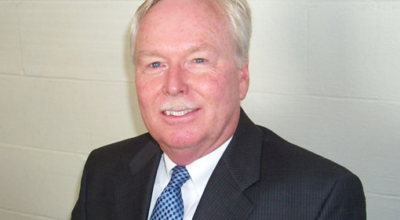Let’s take a ‘refresher course’ on our election process
Published 7:05 am Friday, November 2, 2012
Now that the debates are over, the 2012 presidential election season has moved into its final stretch. And, with President Obama and former Massachusetts Gov. Mitt Romney still neck-and-neck in the national polls, this exciting contest is still far too close to call.
Though I may not know who our next president will be, one thing I do know is that lots of folks are still a bit fuzzy on exactly how we elect a president in this country. This is probably as good a time as any to give readers a quick refresher course on how America’s electoral system works.
The main thing to remember is that the general voting public does not directly elect our president; our Founding Fathers distrusted the common man too much to allow that to happen. The president is actually chosen by something called the Electoral College. Composed of 538 people called electors, it is they who will cast their votes in December to officially elect the president. The candidate who wins a majority of electoral votes (270 or more) is elected president.
Each state is given the number of electoral votes equal to its number of U.S. Senators (which is always two) plus the number of U.S. House members apportioned to that state (which depends on its population). That means that a state’s electoral votes can range anywhere from a minimum of three in less-populated states like Alaska to as many as 55 in a crowded state like California. Right now Georgia has 14 House members apportioned to it, so it will cast 16 electoral votes in the presidential election. Washington, D.C., was given three electoral votes, as a result of the 23rd Amendment.
The U.S. Constitution allows each state to decide how its electors will be chosen. In today’s America, the electors who will cast the electoral votes for a given state are chosen by the people on what we consider “election day.” In essence that means that our so-called presidential vote on Nov. 6 is actually not for the president. What voters are really doing is choosing which slate of electors will cast their state’s official electoral votes for president.
Almost all states have a winner-take-all system, whereby the presidential candidate who gets the most popular votes in that state is awarded all of the electoral votes assigned to that state. So, even if a candidate wins the popular vote in a state by only a one-vote margin, he will still get all the electoral votes assigned to that state.
This complicated electoral system is the target of much criticism. First of all, the system exaggerates the political power of voters in states with small populations. The ratio of voters-per-elector in the most populous states is four times higher than in the least populous states. Another problem is that one candidate can win the overall popular vote in the country, but still lose the election. This happened in 2000 when Al Gore won more than half a million more popular votes than George Bush, but still lost the electoral vote. Indeed, there is a possibility that in this election, too, Romney may win a majority of popular votes but still be defeated by Obama based on electoral votes. Another problem is the issue of so-called “faithless electors,” who are pledged to vote for one candidate, but who decide at the last minute to vote for someone else. This could conceivably allow an election to be hijacked by a secret conspiracy of faithless electors.
These problems have caused many people to call for the reform of our electoral system. The most common demand is that it should be replaced by a simple nationwide popular vote. However, any changes to the electoral system would have to be done through the constitutional amendment process and are therefore not likely to happen in the foreseeable future. So, for better or worse, we are stuck with this clumsy, complicated, 200 year-old system for this presidential election, and probably many more to come.
Despite its quaint idiosyncrasies, however, it’s going to be an exciting rollercoaster ride on the night of Tuesday, Nov. 6, as we all tune in to watch the blank electoral map of the United States slowly being color-coded red for Romney or blue for Obama. And, hopefully, the world’s oldest functioning democracy will chalk up another more-or-less free and fair election.
Most importantly, remember to vote. A citizen who doesn’t vote loses their right to gripe for the next four years!
Dr. John Vanzo is the associate professor of politicial science and geography at Bainbridge College. He can be reached by phone at (229) 248-2560, or by email at jvanzo@bainbridge.edu.





